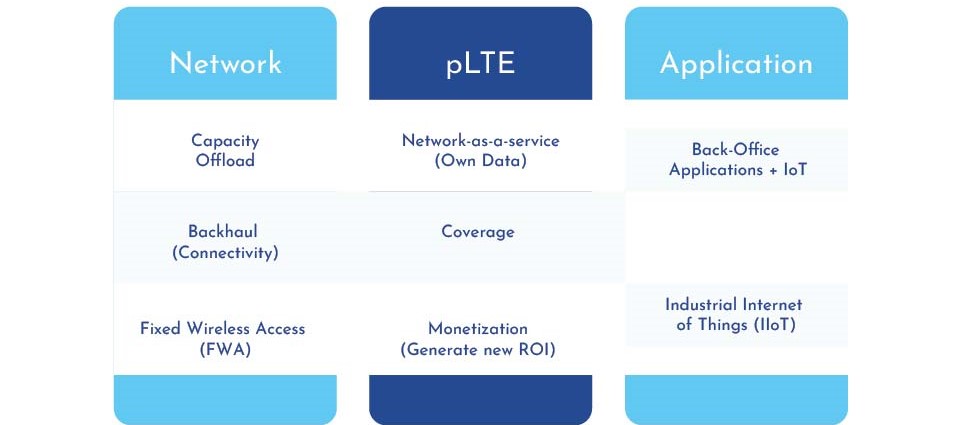November 23, 2021
In the previous blog – “How Do I Get CBRS for my Building,” we discussed the fundamental building blocks and the process to attain a CBRS private network. This blog will discuss the requirements for commercial operation in CBRS band (3550-3770 MHz). In essence, we will address the following questions:
- How do I deploy a Private CBRS Network?
- What do I need to deploy a Private CBRS Network?
- Why/When does it make sense to deploy a Private CBRS Network?
How Do I Deploy a Private CBRS Network?
To answer this question, we need to understand all components of the CBRS network and how it works. The first aspect we need to understand is spectrum – how will shared/lightly licensed spectrum be the administrator, and by whom? Next, we must determine if the business requires GAA or PAL.
Per the FCC, Access and Operations will be managed by an automated frequency coordinator – Spectrum Access System (SAS). SAS will have access to the Environment Sensing Capabilities (ESC) network to manage the spectrum use dynamically.
The next logical question would be: what is SAS, and how does it work?
CBRS spectrum is managed by SAS, which requires an ESC network to sense radar operation. In short, Spectrum Access System (SAS) will facilitate sharing among the three tiers of authorized users in the CBRS band (3.5 GHz) and authorize the use of PALs and GAA operations with information from an Environment Sensing Capabilities (ESC) sensor.
To leverage CBRS, your network must employ Spectrum Access System (SAS). Per the FCC, Access and Operation will be managed by an automated frequency coordinator – Spectrum Access System (SAS). SAS will have access to the Environment Sensing Capabilities (ESC) network to manage the spectrum use dynamically.
In essence, SAS coordinates access to the shared spectrum, enforcing priorities. In contrast, the ESC will detect incumbent activities and inform SAS to clear specific channels for different priority level use.
What Do I Need To Create a Private CBRS Network?
The diagram below illustrates how SAS will operate

In summary, SAS will enable secure commercial use of 150 MHz shared spectrum by conducting the following vital functions:
- Detect incumbents coordinating with Environment Sensing Capabilities (ESCs)
- Dynamically allocating spectrum to users (80 MHz of spectrum for GAA and 70 MHz for PAL)
- Charge owners of CSBDs
- Predict RF Propagation Models (EHATA and ITM)
- Provide Interference protection
The checklist below helps to navigate through the required process:

Does a Private CBRS Network Make Sense For My Organization? Use Cases.
CBRS is a unique band that can address a multitude of verticals for innovative use cases. OnGo (the branded name for CBRS) is like a “Swiss army knife” in terms of deployment options. Here is a broad picture of business cases for CBRS:

Connectivity Wireless is an OnGo Alliance member, we understand the CBRS ecosystem. We work with several strategic partners, experts, and industry veterans to help you navigate through the applications of CBRS as they make sense for your business. Contact us today.
